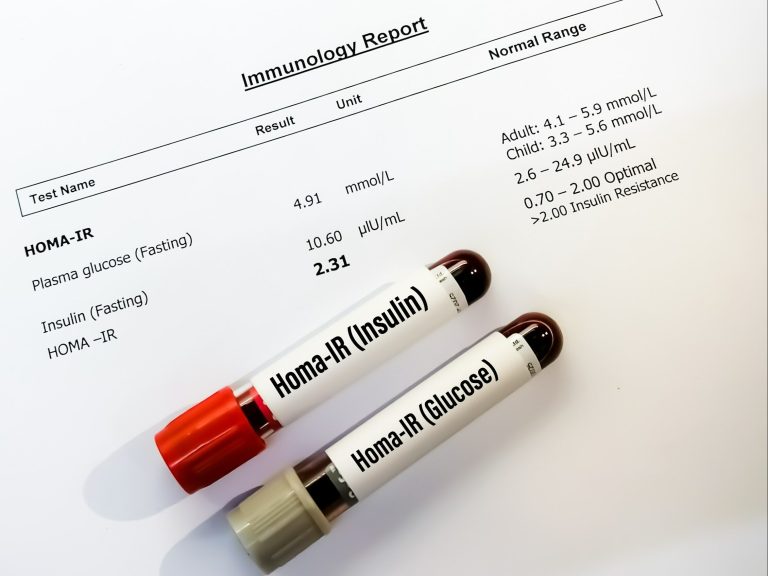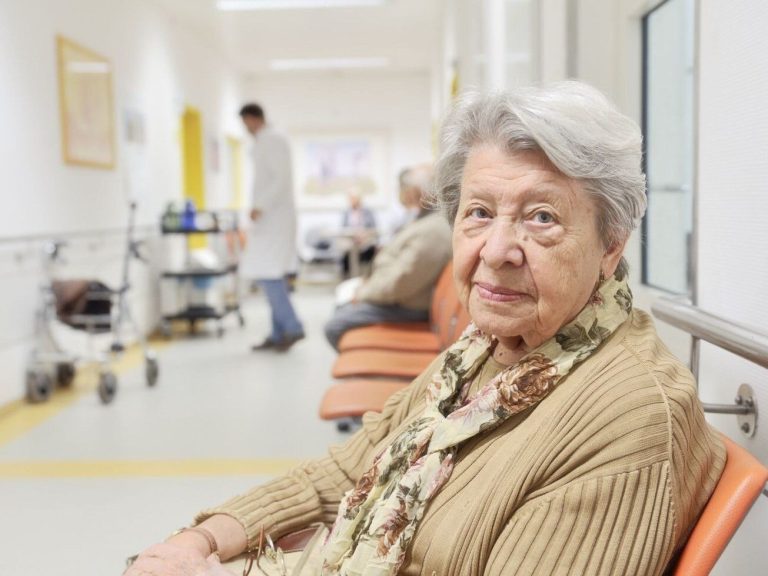National consultant: Big changes in ophthalmological treatment. Patients with better treatment

A lot has changed in ophthalmology, there is practically no waiting time for cataract surgery, and treatment programs for macular degeneration and diabetic macular edema are well functioning. We now have the ability to administer long-acting drugs. Now we are waiting for the National Health Fund to pay for good quality – says Prof. Marek Rekas, national consultant in the field of ophthalmology.
Katarzyna Pinkosz, Wprost: Ophthalmology has been successful in recent years: queues for cataract surgery have been virtually eliminated, and more and more patients are covered by AMD (macular degeneration) and DME (diabetic macular edema) treatment programs. In ophthalmology, as the first field of medicine in Poland, quality criteria are also being introduced, which show in which centers patients are better treated. Is ophthalmology a good model for other fields?
Prof. Marek Rekas: It is true that queues for cataract surgery have been eliminated thanks to the abolition of limits on the performance of surgeries and the fact that surgeries are performed as one-day procedures. It is possible to use toric lenses (for people with a defect of more than 2 diopters). We have also introduced a quality assessment when it comes to cataract surgeries: you can check the quality of the surgeries performed on the National Health Fund website “Zdrowe Dane”.
In virtually every field of ophthalmology, I have already partially prepared quality indicators, they can be implemented as soon as the Quality Act comes into force. The introduction of quality parameters will make it possible to evaluate individual facilities and see which of them perform operations better. However, there will also be facilities that will not meet the criteria: these will either have to improve their functioning or should not have a contract with the National Health Fund. In the case of cataracts, the National Health Fund does not yet show how individual centers work and there is no categorization of them yet. In the case of AMD treatment, there are already assessments whether the center has category A, B or C. DME has not managed to implement quality indicators yet, but it will look similar to AMD. However, it is very important that the National Health Fund will pay appropriately for good quality.
By introducing quality parameters, you can see how patients are treated?
Yes, you will be able to see how individual hospitals treat people. Patients can see what treatment is like at a given center and demand appropriate changes.
Age-related macular degeneration (AMD) and diabetic macular edema (DME) are the most common retinal diseases. If left untreated, they lead to loss of vision. Currently, both of these programs are combined into one because treatment is carried out using the same therapies. Are all sick people diagnosed and treated quickly today?
There are already over 30,000 people in the AMD treatment program. patients; over 8,000 in the DME program patients; although there should be more of them. However, the problem is with the diagnosis: these are diabetic patients who are under the care of a primary care physician and a diabetologist. According to recommendations, they should be examined by an ophthalmologist once a year; However, this is not possible because there are not enough ophthalmologists to provide this. A number of comprehensive actions are needed, including: introducing new medical professions, increasing financing for outpatient specialist care to improve access to an ophthalmologist.
All countries are trying to deal with this problem. The system of cooperation with primary care physicians and diabetologists certainly needs to be improved so that people with diabetes who suffer from DME can see an ophthalmologist more quickly. Various solutions are possible here, e.g. the patient would have a photo of the fundus of the eye taken from time to time in the primary care office, which would be sent to an ophthalmologist who would analyze whether the patient requires ophthalmological advice. There are also telemedicine solutions that involve artificial intelligence. This problem certainly needs to be solved because you need to act quickly to prevent DME from progressing.
From January 2024, the first bispecific long-acting drug that can be administered every 4 months has entered the program. Is it important for the functioning of this program and the quality of life of patients?
It's true, in January the first long-acting drug (faricimab) with an innovative effect entered the program, and other long-acting drugs will probably appear soon. This is a big change for both patients and doctors and centers implementing the program, because drugs in the form of injections into the eyeball, instead of every month, can be administered every four months or even less frequently. The patient has fewer injections into the eyeball, so it is both more convenient for him, as he has to come to the center less often, and safer. In turn, the centers will be able to treat more patients.
We want to extend the periods between administrations; it's more convenient for the patient, and it will make it easier for doctors to organize their work. There will also be benefits for the system. I have appealed to the National Health Fund and the Ministry of Health to change the financing of the program to a lump sum, so that the centers do not receive financing “for administering an injection”, but for patient care throughout the year: this will promote the administration of longer-acting drugs and the patient's visits to the center less often. I would like the centers to use newer drugs, administered less frequently.
Thanks to lump-sum financing, there will be savings in the health care system. They can be used to administer these drugs to other patients – e.g. those with central retinal vein occlusion. The same drugs can be used for this condition as for AMD and DME, and currently patients are not covered by the drug program. Lack of effective treatment leads to the development of neovascular glaucoma, which is practically incurable.
What are the most important challenges in ophthalmology this year?
There are many such challenges. When it comes to hospital treatment, one challenge is, for example, the exclusion of difficult, highly specialized operations that are not performed in other centers for separate financing for network facilities. I am thinking, for example, about reconstruction of the anterior segment of the eye, nasolacrimal anastomosis, major operations on the protective apparatus of the eye, surgery to remove the eyeball with prosthetics; financing should be unlimited, because these operations will be performed only in highly specialized centers anyway. The second challenge is still corneal transplants and increasing the availability of this type of surgery.
When it comes to outpatient treatment, the challenge is primarily to improve access to an ophthalmologist, which requires many actions, such as strengthening the profession of optometrist or establishing a hospital clinic accepting patients referred for outpatient specialist care procedures. Better cooperation with primary care physicians is also necessary to diagnose diseases such as DME more quickly. When the queues can be shortened and access to an ophthalmologist will improve, it will be possible to consider abolishing referrals to an ophthalmologist, but only to specialist clinics outside the hospital.
Prof. Ph.D. n. med. Marek Rekas is the head of the Ophthalmology Clinic of the Military Medical Institute-PIB, deputy director for scientific affairs of WIM-PIB, national consultant in the field of ophthalmology, one of the founders of the Association of Polish Ophthalmological Surgeons.






